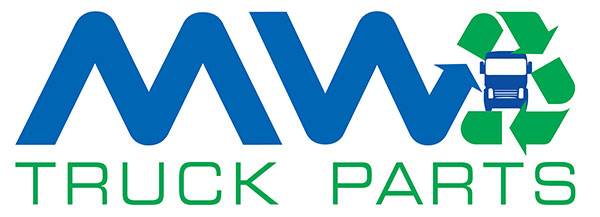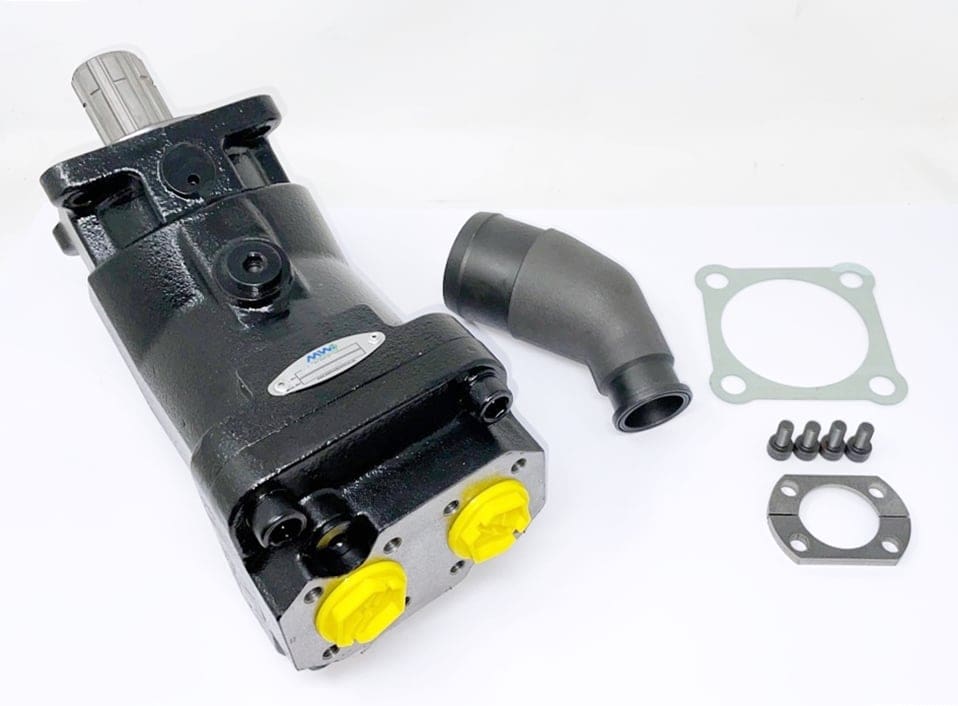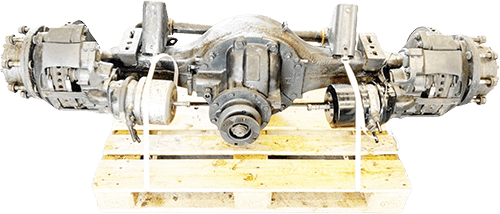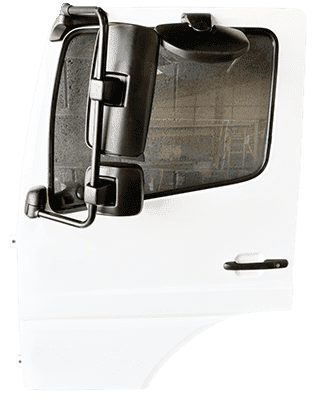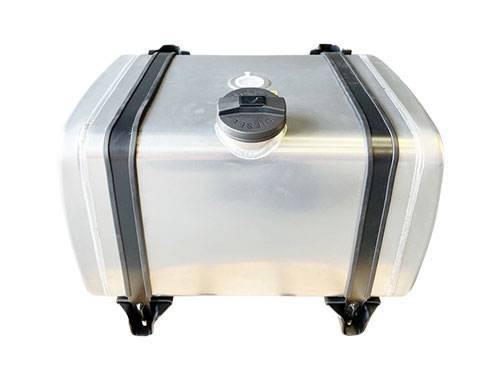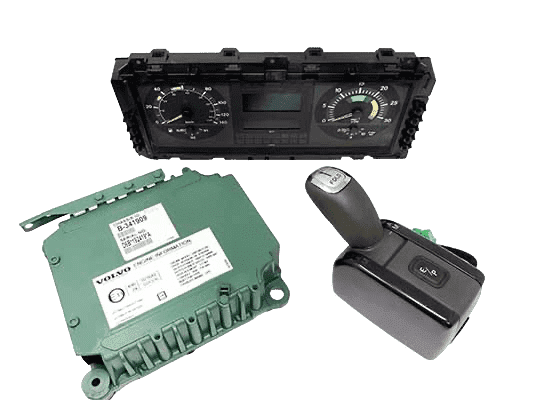Truck hydraulics are the muscle behind many powerful truck bodies and accessories for getting work done.
Whether you need to raise an ABS-insulated tipper body, spill materials from a bulk feed trailer, or run heavy accessories, a robust hydraulic system is essential.
The wet kit is at the heart of any hydraulic setup. These integrated packages include a PTO-driven hydraulic pump, fluid reservoir, valve bank, and all the hosing to route oil flow.
Wet kits are pre-engineered for seamless installation on popular commercial truck models from makers like Scania, Volvo, Mercedes, and DAF.
Power starts at the PTO
The power take-off (PTO) unit allows the truck’s powertrain to drive hydraulic components. These rugged gearboxes mount directly to the transmission and transfer rotating force through an output shaft. PTOs are offered in different torque and horsepower ratings to match light, medium or heavy-duty hydraulic circuits. Higher-spec models incorporate air-shift controls and splined shafts to smoothly engage the pump.
Controlling oil flow
Once the PTO transfers energy from the driveline, it turns a hydraulic pump to generate oil flow and pressure. Piston pumps offer high force but more complex designs. Economical gear pumps provide reliable, low-pulse operation. Alternatively, you can specify variable-displacement piston pumps with bent-axis designs for exacting flow control.
No matter the pump type, valve assemblies precisely manage hydraulic flow paths. Spool valves route oil in up to 6 different directions.
Pressure-compensating valves protect components by relieving excessive force buildup. Proportional valve banks enable infinitely variable metering. The valve arrangement determines available functions like extend, retract, etc.
External hardware
With pumps and valves specified, everything routes through steel-reinforced thermoplastic hose runs. Industrial quick-disconnect fittings simplify connections while quality hoses resist abrasion and pressure spikes. In-line filters trap particulate to 10 microns to prevent contamination and wear issues.
The hydraulic fluid itself requires care, too. Most systems use anti-wear hydraulic oils in ISO 46 weight designed for wide temperature ranges.
These specialised oils contain VI improvers and anti-foam agents to improve viscosity and performance even under demanding duty cycles.
Tank configurations
No wet kit operates without bulky fluid reservoirs to contain the hydraulic supply. Low-profile rectangular aluminium tanks tuck neatly along truck frame rails for side installation, while rear-mounted saddle tanks make use of open space behind the cab. Both designs include internal baffles, site gauges, drain ports, and accessory mounts.
Premium wet kit tanks incorporate returning cyclone filtration and heat exchangers. This conditioning extends component life by removing particulates and regulating oil temperatures.
User controls
Of course, a skilled operator needs intuitive user controls to fully utilise hydraulic capabilities. Air-activated controls mount inside the cab for fingertip flow direction, pressure adjustments, and accessory operation.
Auxiliary switches can toggle PTO engagement or other functions. Dashboard-mounted pressure gauges give visual feedback on real-time hydraulic forces, and LED displays indicate active flow paths at a glance.
Attention to specs
Pumps need to generate sufficient flow and pressure for anticipated workloads, and valves should include the right control capabilities, flow capacities, and port sizes. Tanks must hold enough hydraulic reserve.
Undersized components can’t generate enough force – while oversized parts waste money and create integration challenges.
With a well-designed hydraulic system, today’s hardworking trucks transform into mobile workshops. Powerful pump flows can multiply a driver’s physical capabilities. Intelligent controls allow the precise operation of complex accessories and automated processes. And it all stems from carefully specified components working seamlessly together.






